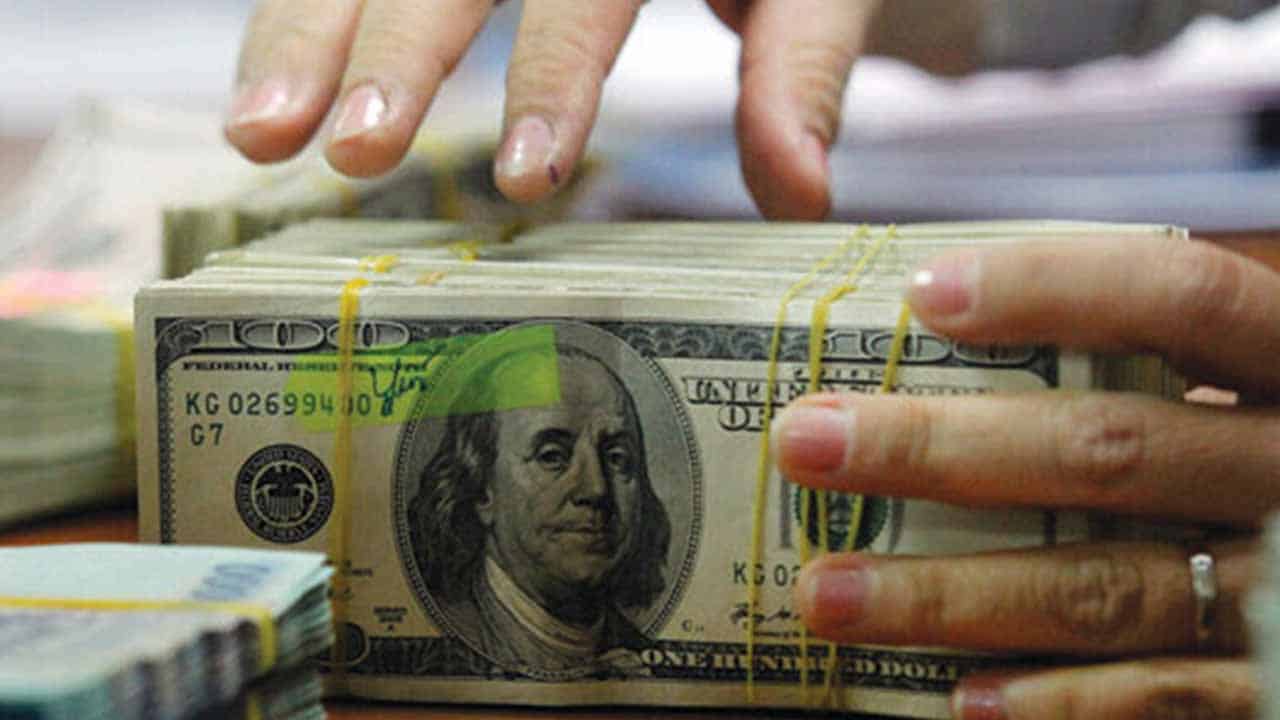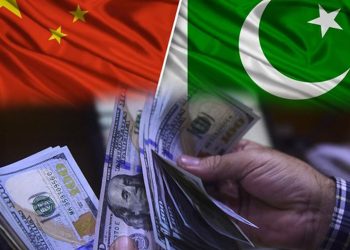On the week ending March 17, the nation’s total foreign exchange reserves rose 2.3% to $10.14 billion. For the first time since January 13, the amount surpassed the $10 billion threshold.
According to the central bank’s announcement on Friday, the State Bank of Pakistan’s (SBP) holdings have also increased somewhat due to Chinese inflows.
The central bank’s foreign exchange reserves, however, are more significant because they are primarily utilized to pay off external debt. In order to increase liquidity and meet demand, the SBP also injects dollars into the interbank market, increasing the exchange rate.
The week after receiving a $500 business loan from China, the central bank’s reserves grew by $280 million to $4.6 billion. The SBP reported on Friday that after taking into account repayments of external debt, SBP reserves rose by $280 million to $4.599 billion during the week. Due to declining foreign exchange reserves and a decline in exports and remittances, Pakistan is having trouble making timely payments on its foreign debt.
The government will require around $6 billion in the coming months to satisfy the IMF and end protracted negotiations. The lender is reportedly requesting that Pakistan present written guarantees from friendly countries for covering the financing deficit of $6 billion before the delivery of the Fund’s $1.1 billion tranche, hence staff-level negotiations with the lender have not yet been completed.
Pakistan is getting closer to default as a result of the increasingly drawn-out negotiations with the IMF, which are having a significant negative impact on the economy. The nation’s economic managers are confident that the release of the IMF tranche will open up new sources of funding, including China and friendly Middle Eastern nations.
These nations are reportedly keeping an eye on changes on the political and economic fronts that the nation is currently experiencing. Both crises have lasted for the past 11 months with little sign of resolution. The rupee has been depreciating against the dollar and hit an all-time low of 283 in the interbank market as a result of this uncertainty.
In Dubai, where one dollar is currently exchanged for Rs324, the rupee’s depreciation is more apparent. Since the SBP forbade the opening of LCs and instructed importers to secure dollars on their own, this is the rate at which importers in Pakistan are purchasing dollars. The SBP said that commercial banks’ foreign exchange reserves for the week ended March 17 were $5.54 billion, an increase of 0.23 percent over the previous week.






